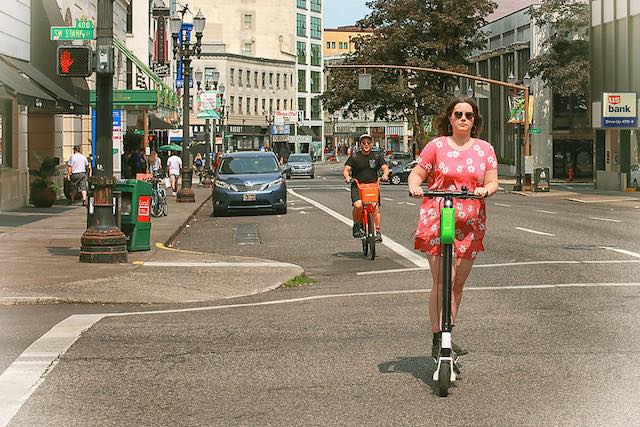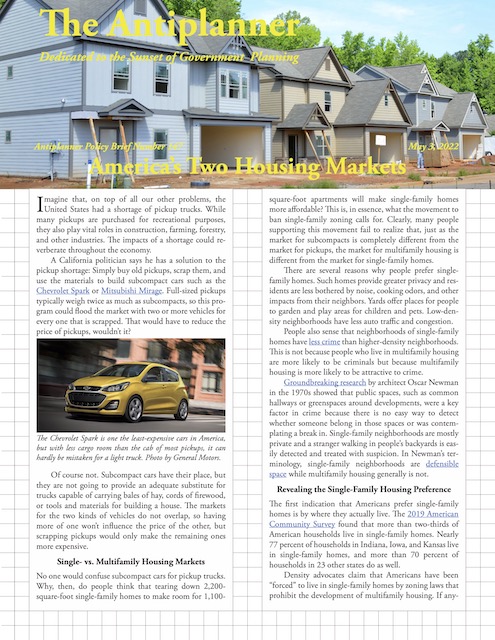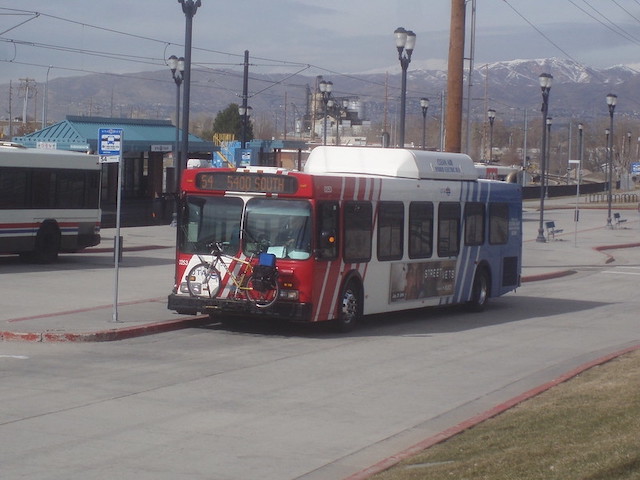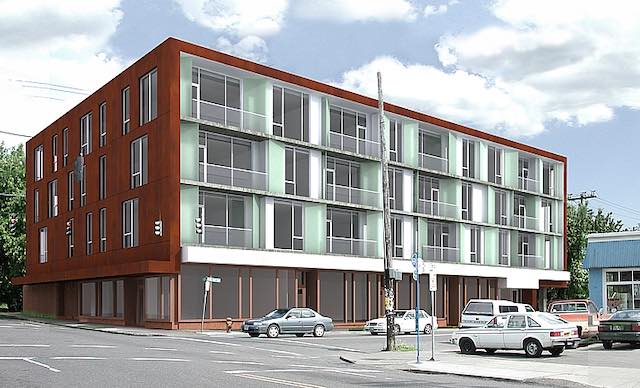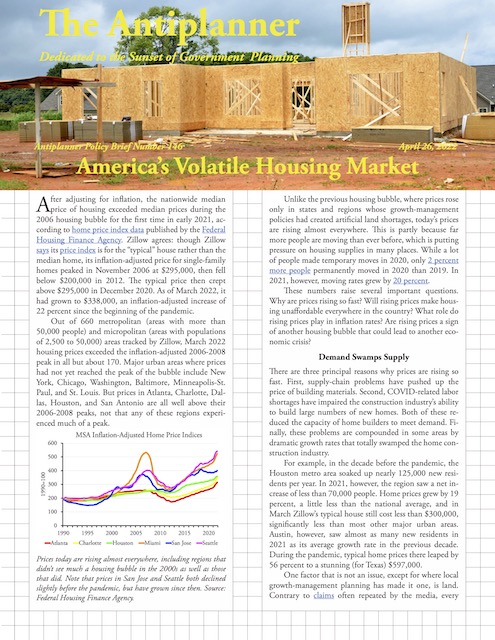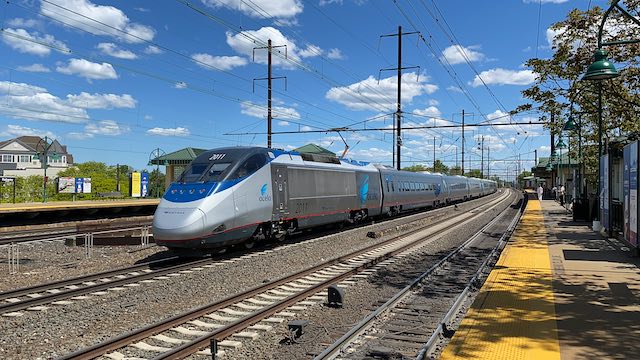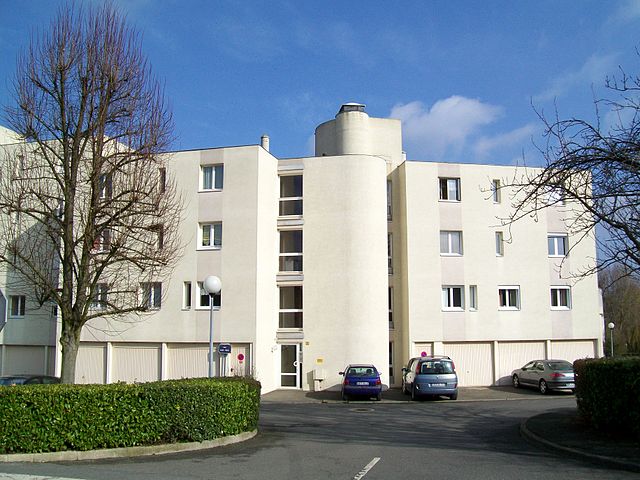Although 60 percent of transit riders are people of color, says New York’s TransitCenter, 66 percent of transit agency leaders and managers are white. The organization sees this “gulf between ‘who decides’ and ‘who rides'” as a major problem.
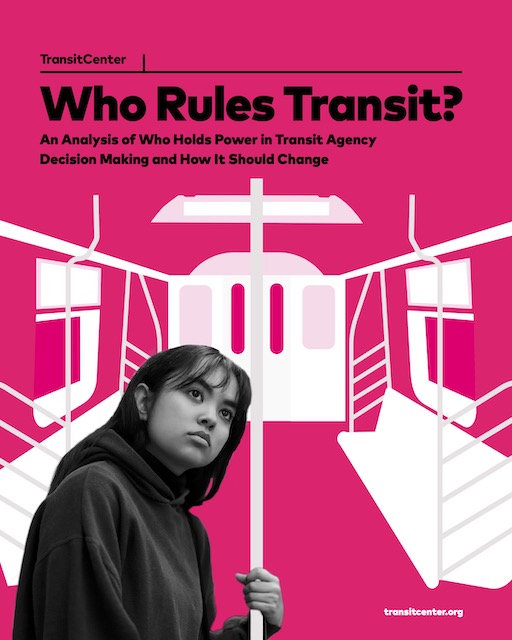 Click image to download a 5.2-MB PDF of this report.
Click image to download a 5.2-MB PDF of this report.
The TransitCenter is a well-intentioned organization whose thorough reports on transit issues are generally skewed by the fact that the group is located in the one American city that heavily relies on transit. In keeping with social justice rhetoric, this particular report views transit as a racial issue, whereas I view it as a class issue, namely a gulf between the middle class (people with college educations) and working class. Continue reading

